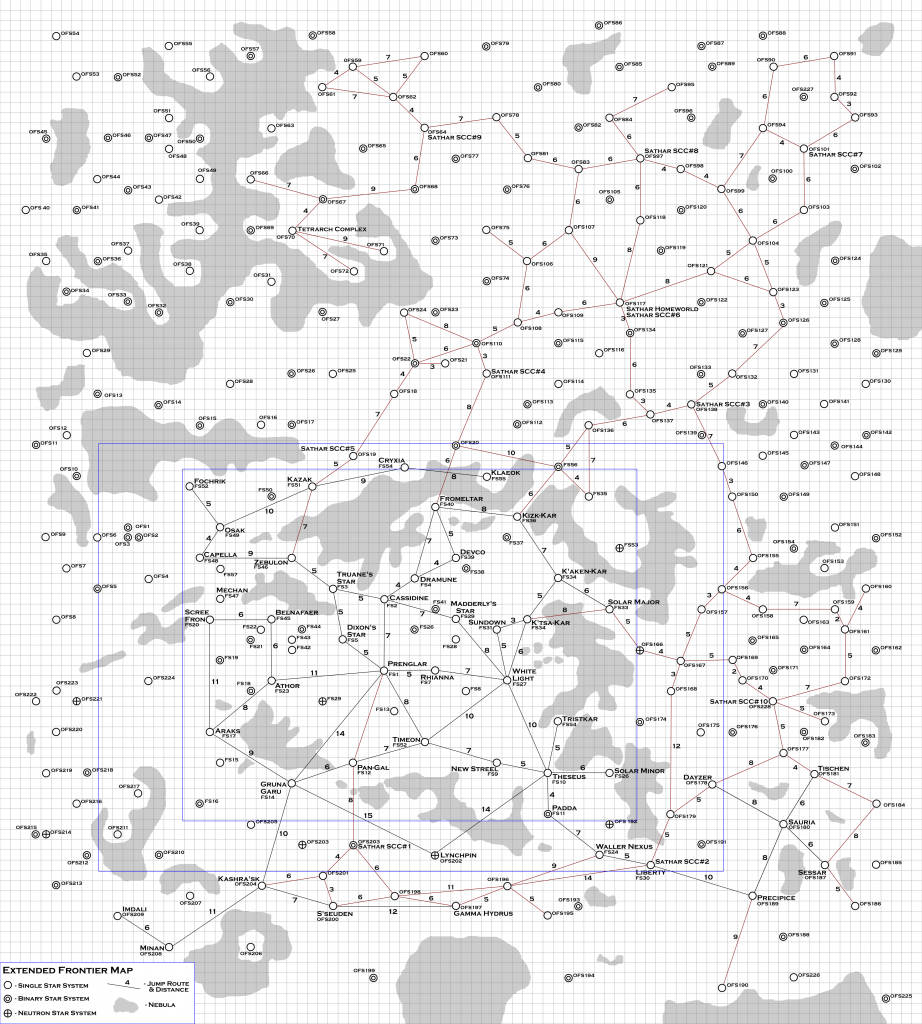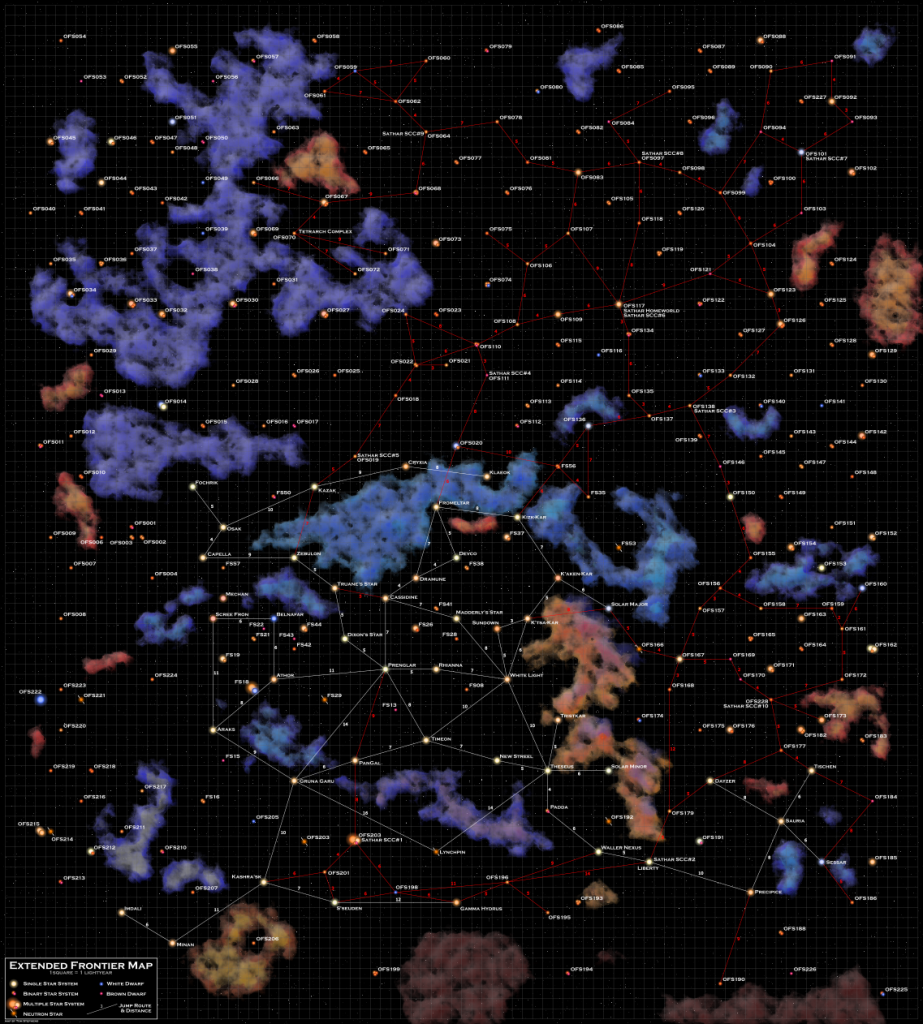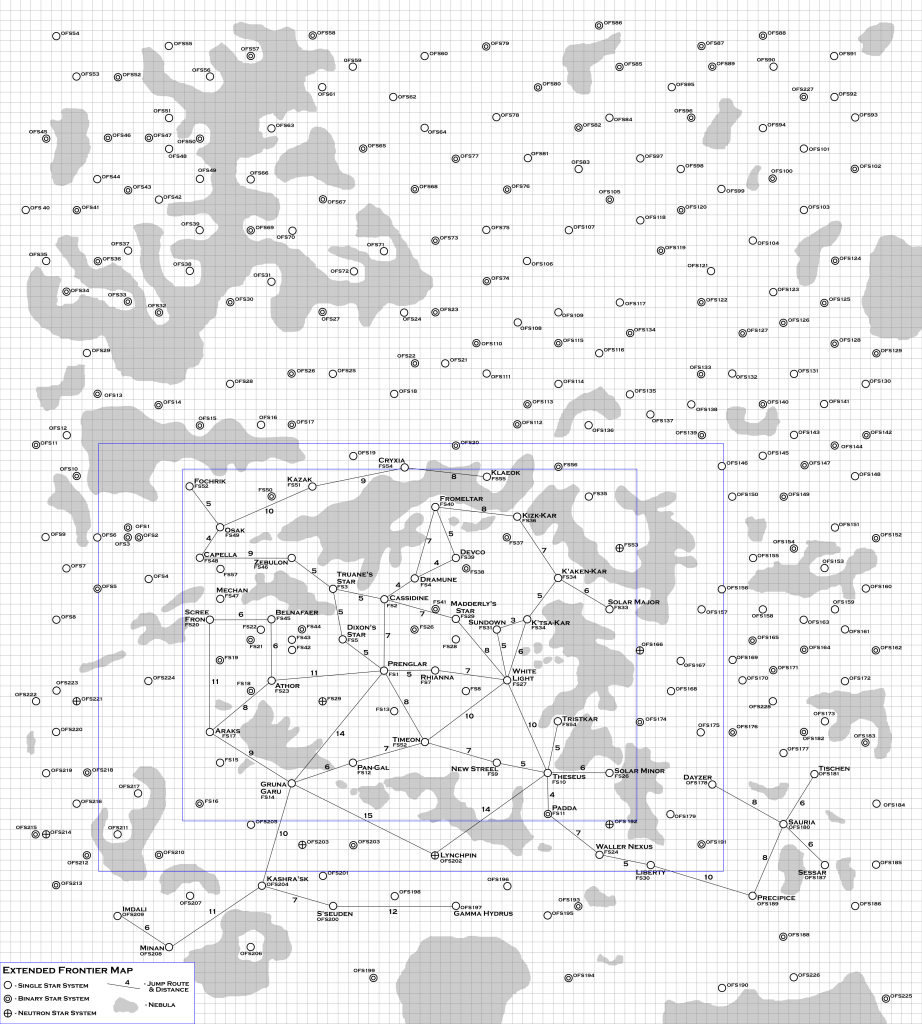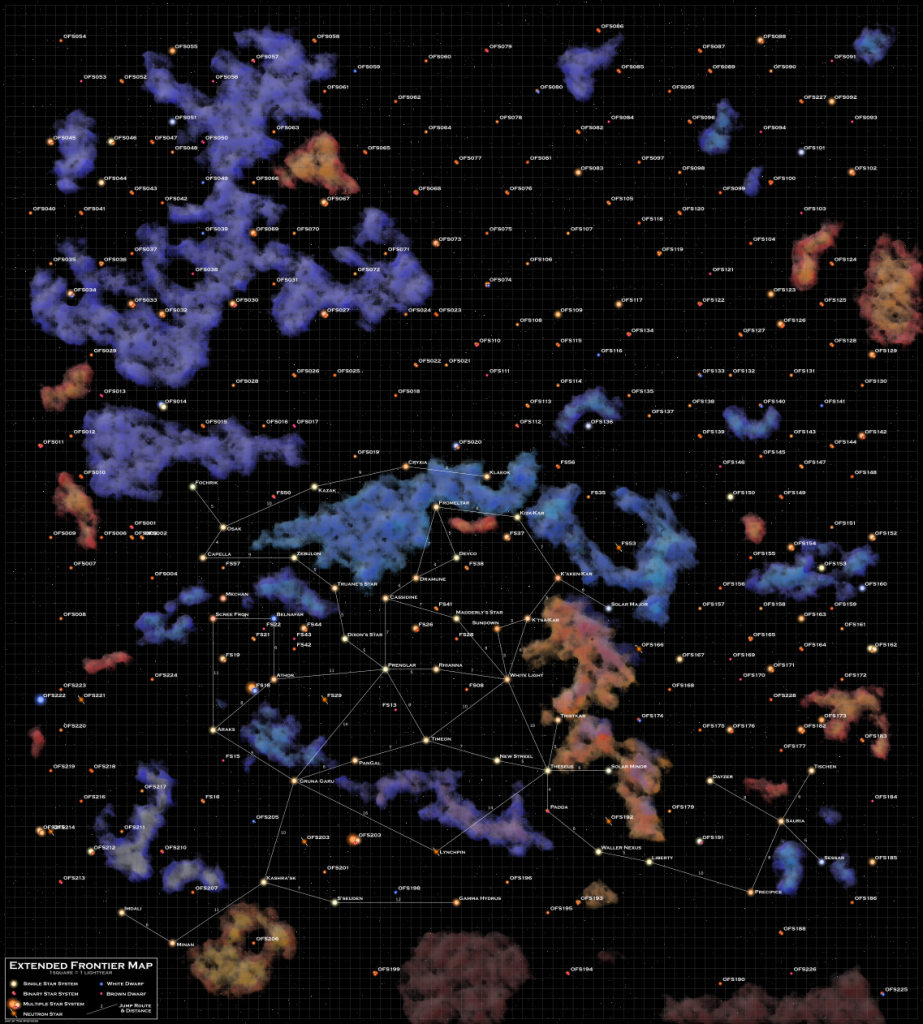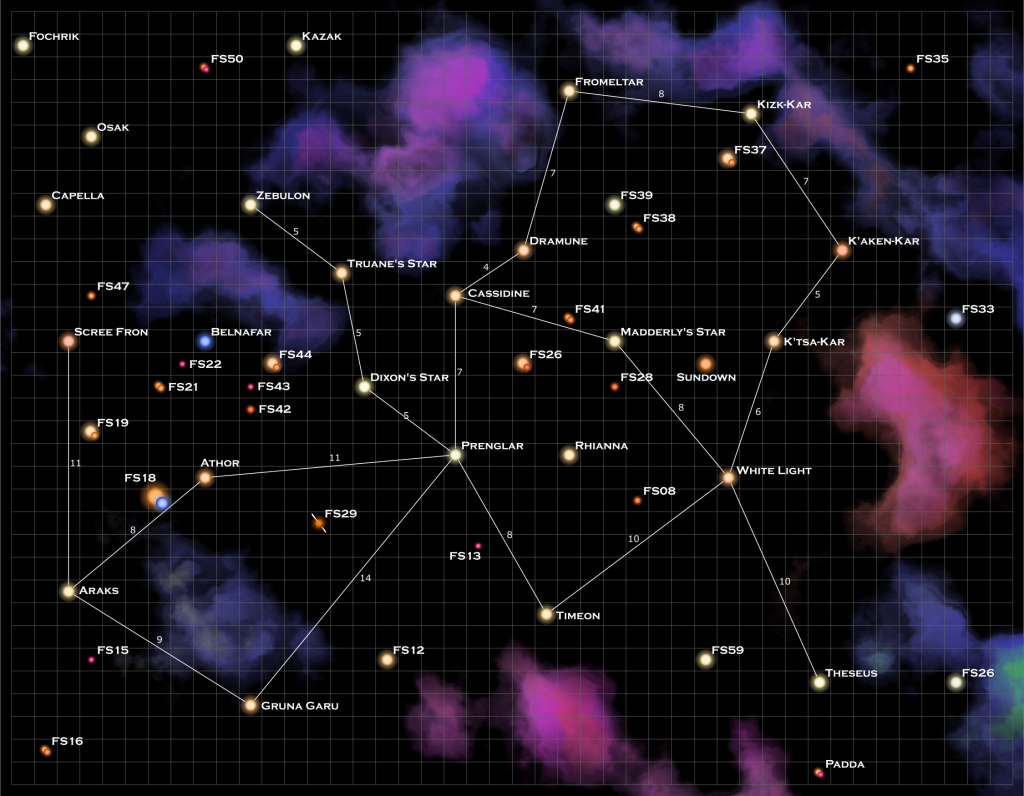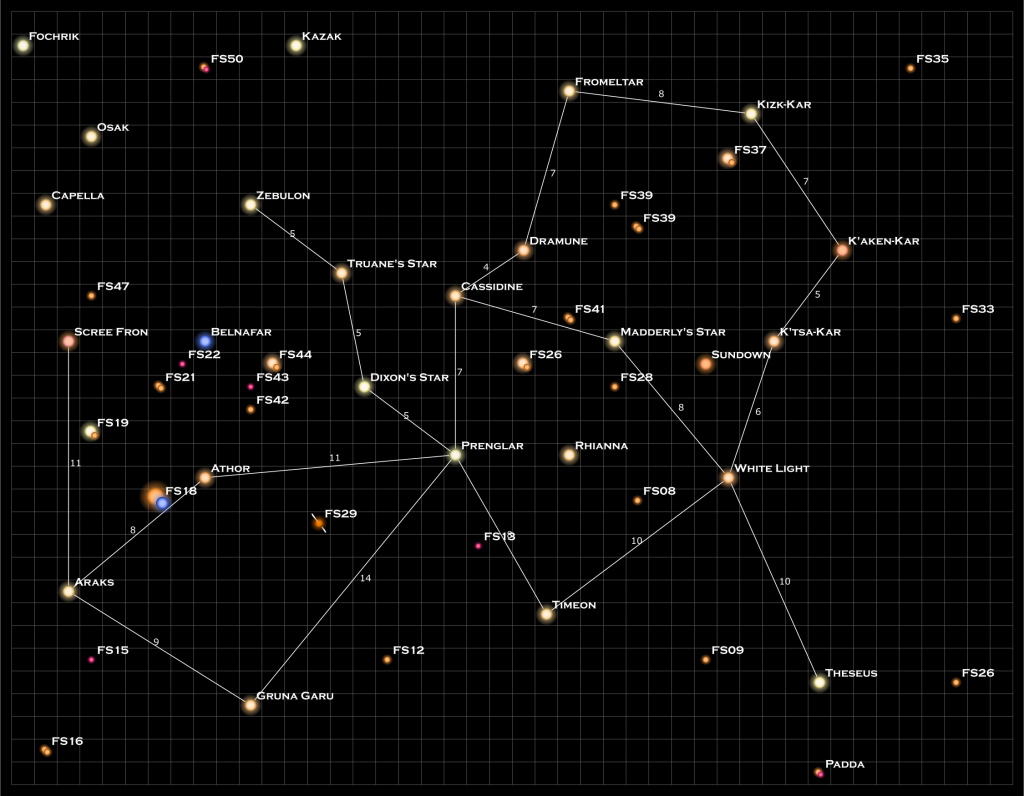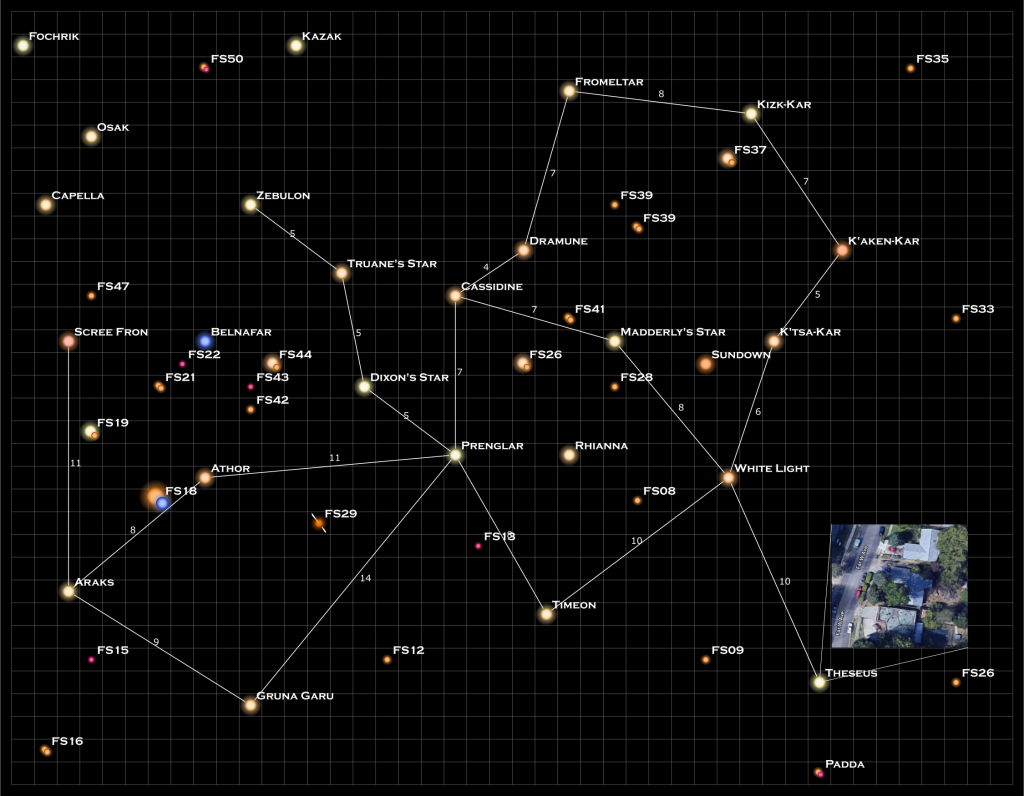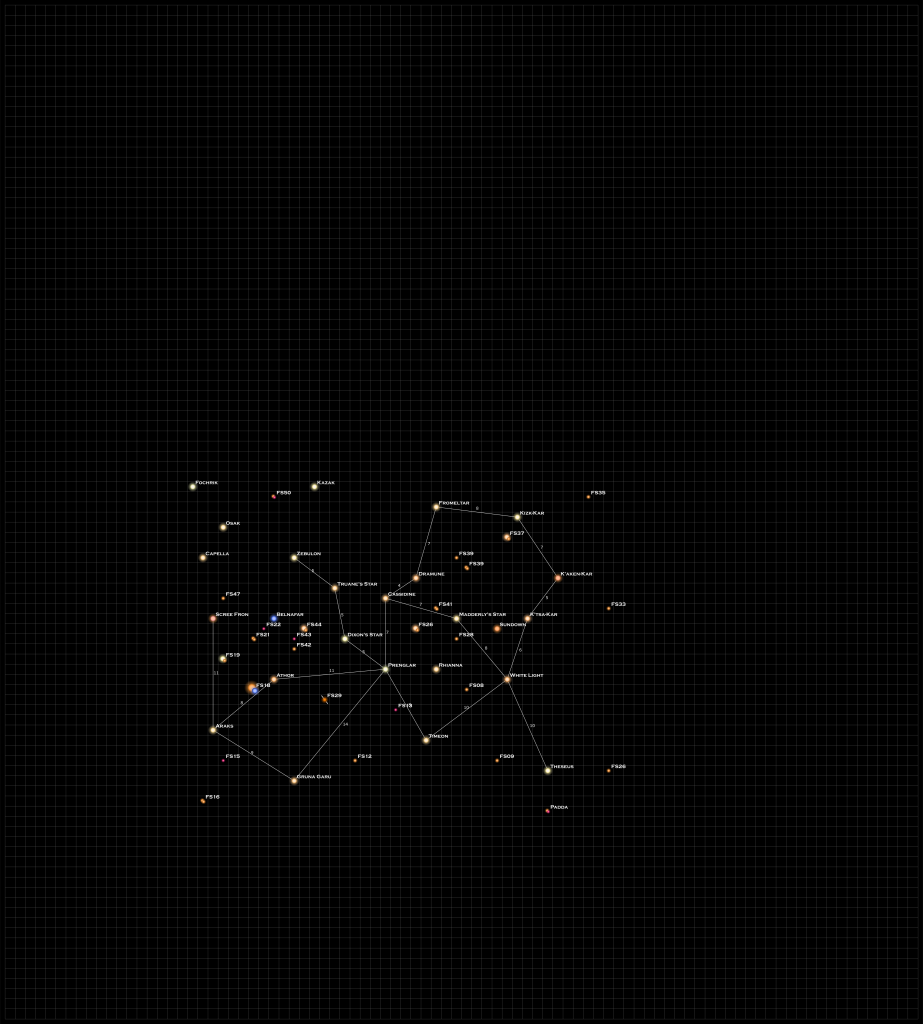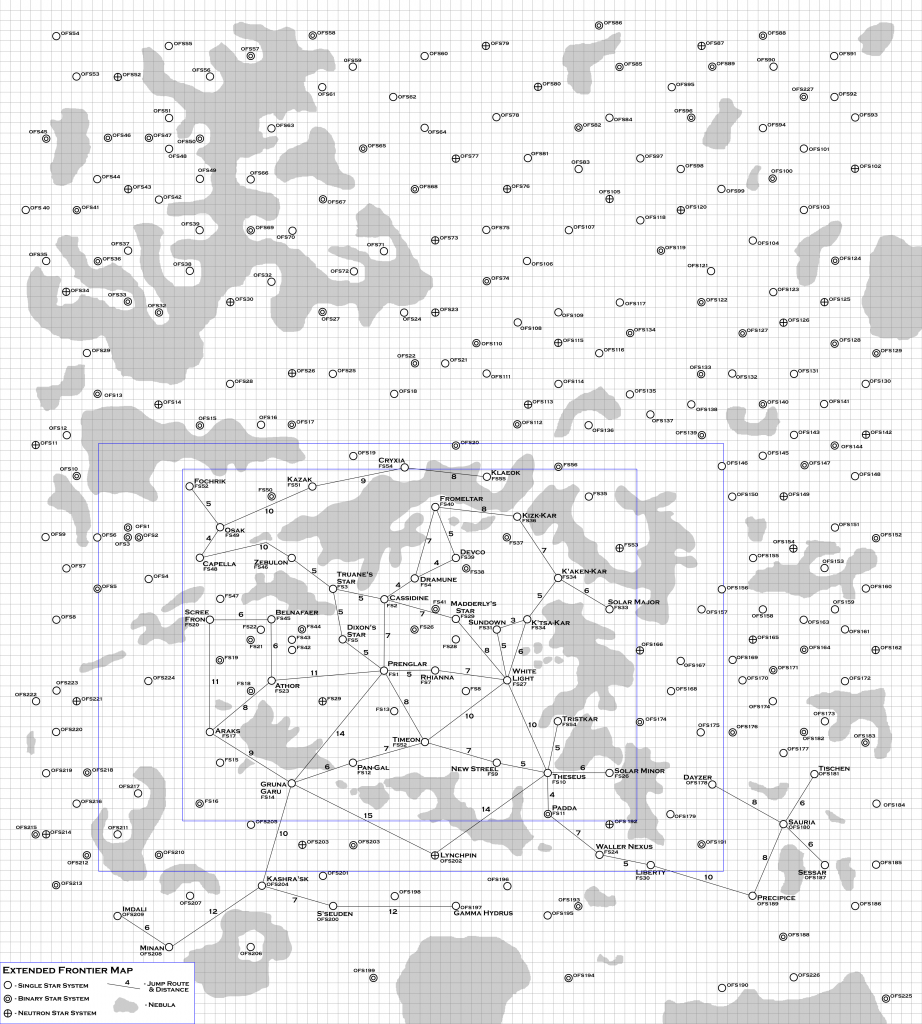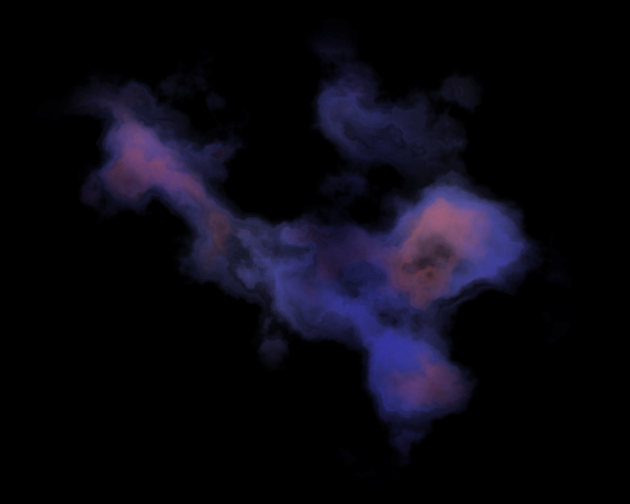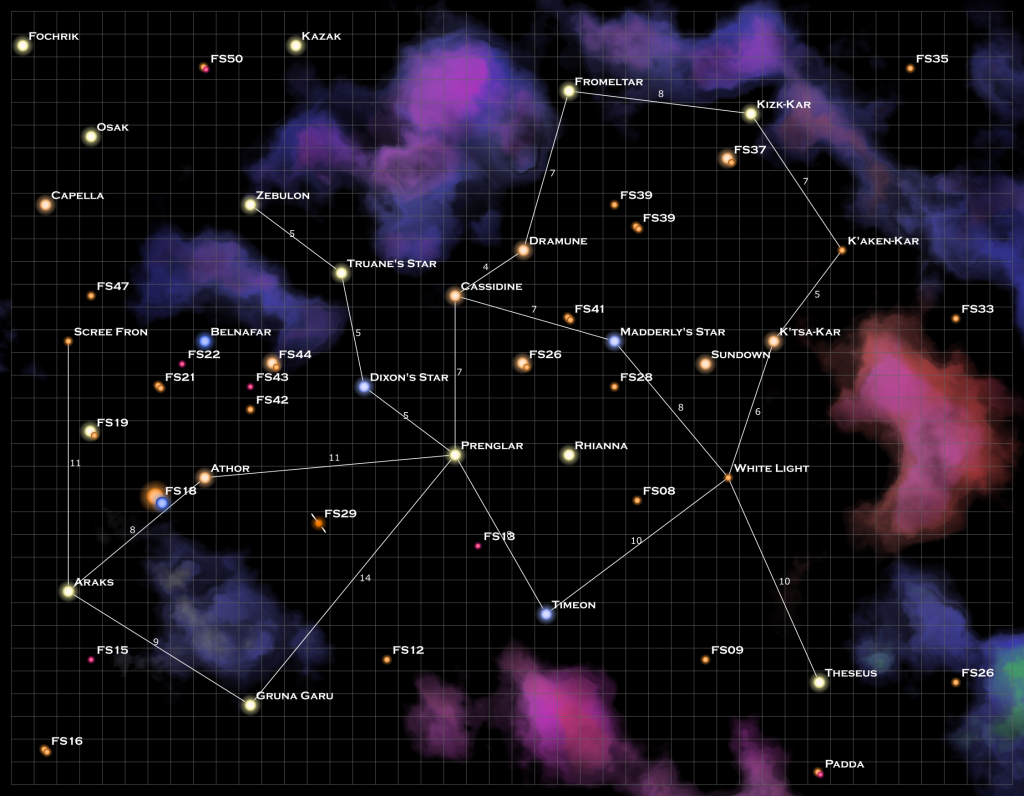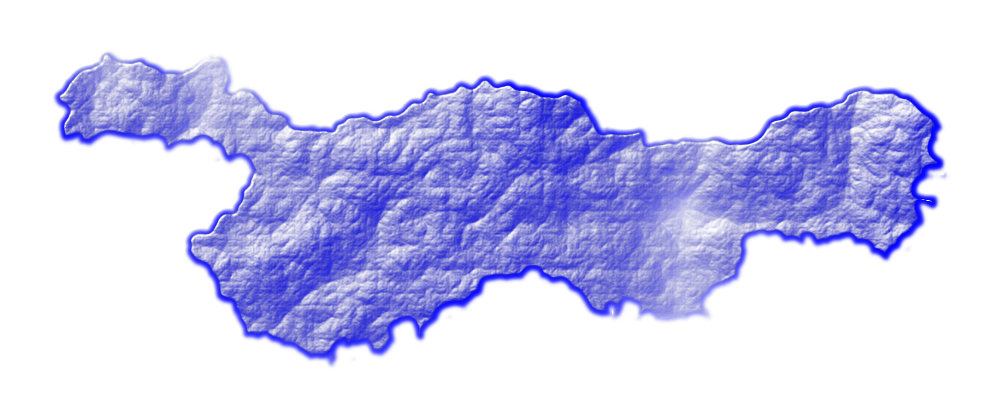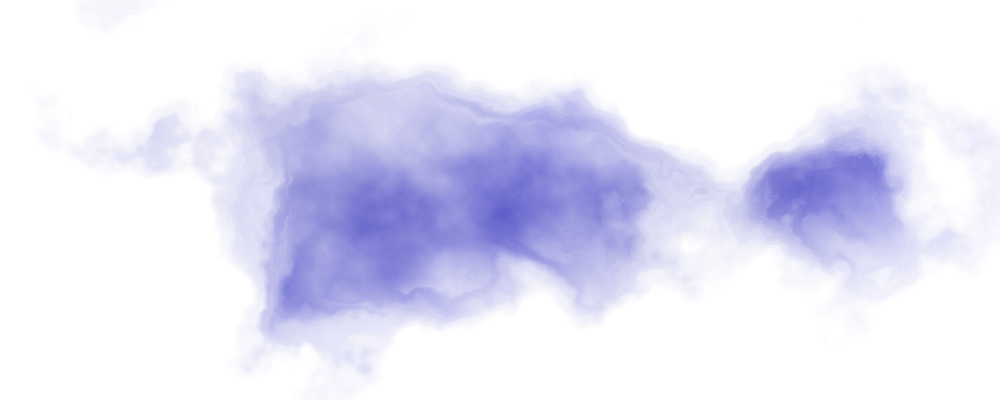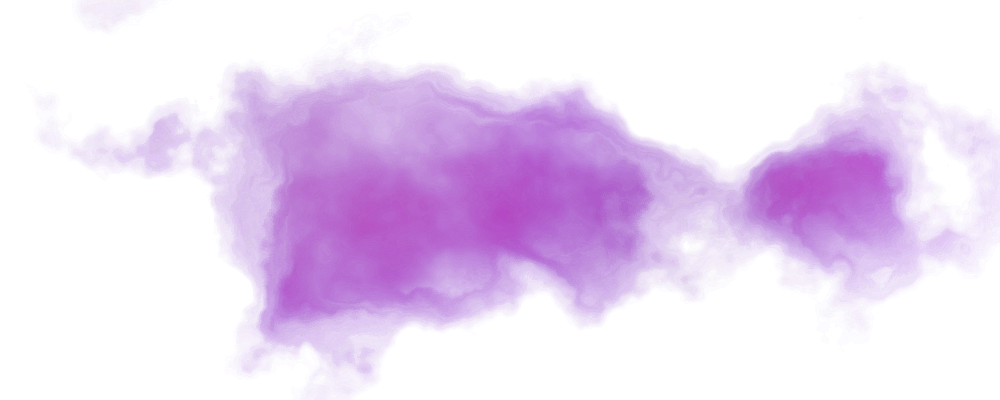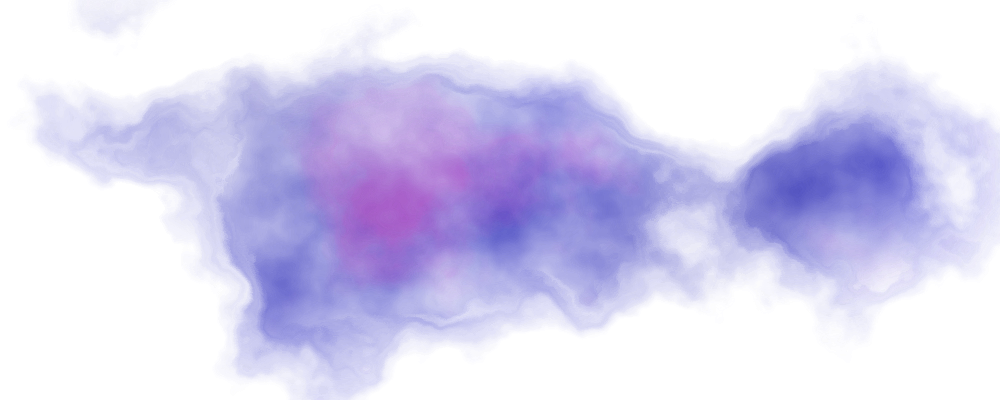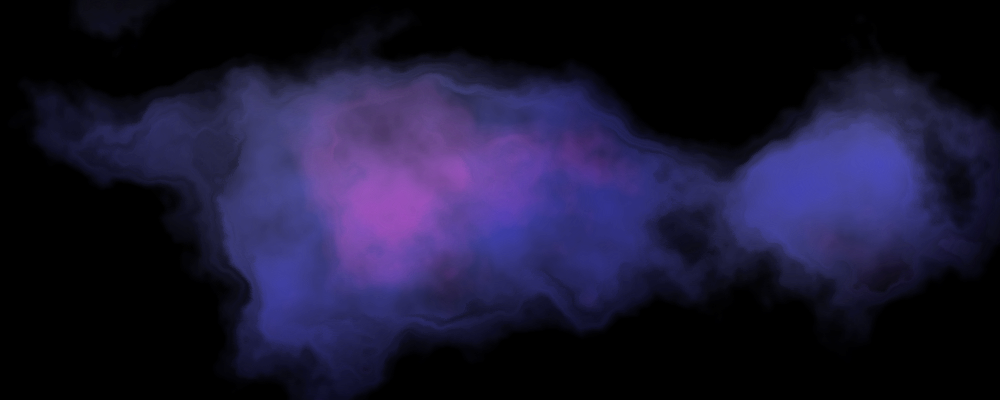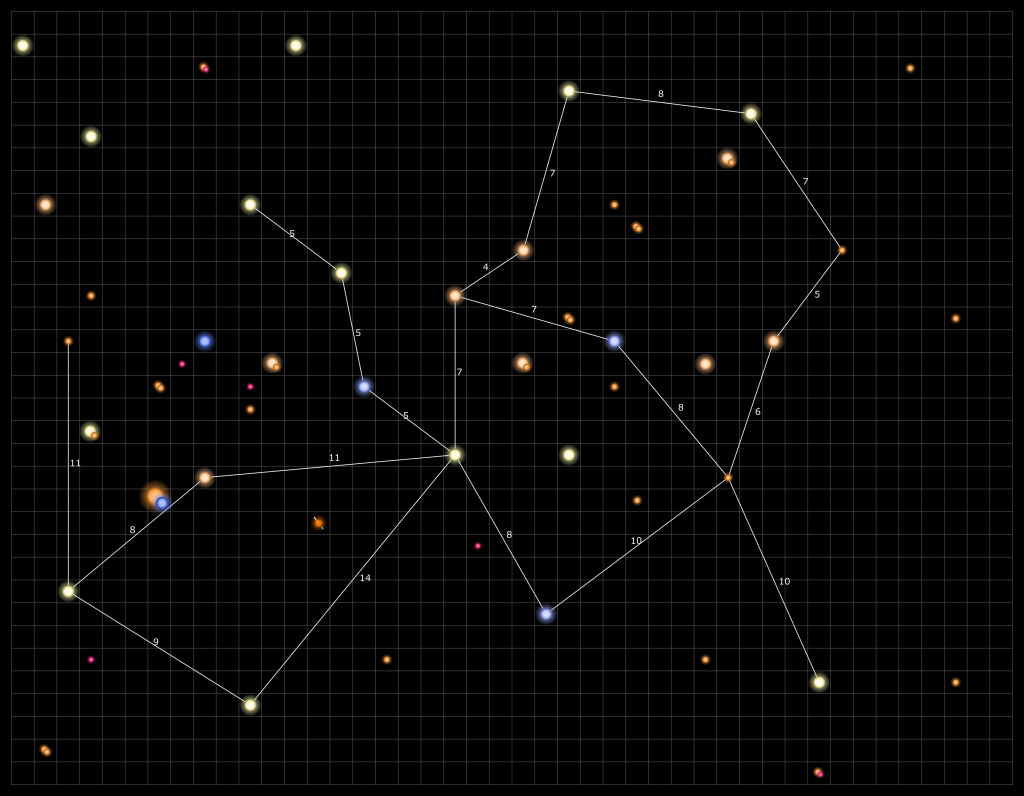Here’s the next installment of the timeline. This month sees the Frontier races start to explore a bit outward. Unfortunately for them, they stumble upon a heavily defended sathar starship construction center almost immediately.
I’m also trying out a new layout/design for the table let me know if you like this one or the old one better.
| Date (FY) | Event |
| 60.238 | Discovery Squadron arrives at Stenmar (Kazak). This is their last stop in known space and the squadron will spend a week here making sure the ships are fully repaired and stocked for their journey. |
| 60.239 | Work begins by the Discovery Squadron astrogators to plot the first new jump route of their trip. Their destination is the star system OFS19, five light years away just above the jump route to the Cryxia system. |
| 60.240 | Resupplied, the HSS History’s Hope leaves Histran Station (Scree Fron) to return to the OFS224 system and then begin charting the next new jump in its journey. |
| 60.241 | Sathar starship construction center in the Liberty system completes another destroyer. |
| 60.242 | The assault scout for the K’aken-Kar system is completed at the Fromeltar starship construction center. It begins its travel to its home system. |
| 60.243 | After six days of waiting, the storm on Mt. Spire clears and the members of the Spire Dragons team begin their descent from the mountain. |
| 60.244 | Having made no detections of signals from OFS200, Strike Force Nova departs Hentz (Araks) for the Scree Fron system. |
| 60.245 | After over thirty days in the Kizk-Kar system with no further sign of sathar ships, the assault scouts from Kaken-Kar and Fromeltar begin their return trips to their respective systems. |
| 60.246 | Discovery squadron begins accelerating toward Void speed on its first jump out the Frontier and Rim region of space. |
| 60.247 | Investigations into the source of Ixiol have definitively linked it to Malco Enterprises on Outer Reach (Dramune). Unfortunately, the UPF charter prevents any direct action against the operation without express consent of the planetary government which denies the allegations. |
| 60.248 | Based on the findings regarding Ixiol production on Outer Reach (Dramune), Inner Reach (Dramune) implements a strong inspection policy against any ship coming from Outer Reach to search and inspect all cargo from that planet before it can be delivered on Inner Reach. |
| 60.249 | HSS History’s Hope arrives safely in the OFS224 system. Work begins to chart a jump to the neutron star in the OFS221 system, a jump of 7 light years. |
| 60.250 | Streel starship construction center (Pale, Truane’s Star) reaches 90% original capacity as repairs continue. |
| 60.251 | Discovery Squadron successfully jumps to the OFS19 system, a small M1 red dwarf star. |
| 60.252 | – After a day of deceleration into the OFS19 system, the Discovery Squadron detect radio signals from the direction of one of the inner planets. They appear to be sathar in origin. Subspace radio messages are dispatched back to the Frontier and Rim. – The squadron immediately changes vector to not be decelerating directly toward the inner system and the astrogators begin working on calculations for a return jump to Kazak. |
| 60.253 | After a day of collecting signals in the OFS19 system, at least 10 different sathar ships have been detected by Discovery squadron. Composition is unknown. |
| 60.254 | – Strike Force Nova arrives at Histran (Screen Fron). It will spend 11 days in system exercising around both Histran and Hasokar before departing back to the Araks system – Eight sathar ships begin accelerating out toward Discovery squadron. Two new ships have been identified but four have gone silent. |
| 60.255 | – The militia assault scouts that had been deployed to the Kaken-Kar system arrive back at their home systems. The crews are given some needed shore leave. – Calculations complete for the return jump to Kazak, and apparently detected by the sathar vessels, Discovery Squadron begins a hard acceleration to stop and reverse direction for a jump out of the system. |
| 60.256 | Discovery Squadron completes the stopping maneuver and begins acceleration out of the system. The sathar vessels are nearly half-way to their position and have a sizable speed advantage. It is questionable if the squadron can reach jump speed before the sathar ships catch them. |
| 60.257 | With a known path, the Spire Dragons team make it back to their camp at the base of the mountain after only fourteen days of hiking. All that is left to complete their expedition is to make it back to the coast. |
| 60.258 | – After two days of grueling high-g acceleration, Discovery Squadron manages to enter the Void for the jump back to Kazak just hours before the sathar vessels overtake them. Unfortunately, due to the haste of their departure, the Discovery Squadron, misjumps into a binary star system rather than Kazak. – Prior to their jump, the Discovery Squadron identify the sathar vessels as 1 heavy cruiser, 1 assault carrier, 1 light cruiser, 2 destroyers, 1 frigate, and 2 ships of a new design approximately the size of the Streel corvettes. |
| 60.259 | The HSS History’s Hope jumps into the OFS221 system. While they arrive much further out in the system than planned, the jump is considered a success. They will spend a week in the system studying the neutron star before returning to OFS224. |
| 60.260 | After two days of rest from the grueling jump and observations by the astrogators, the Discovery Squadron determines that it is in FS50 system between Kazak and Osak, having overshot their target. Work begins on calculating a jump back to the Kazak system just 4 light years away. |
| 60.261 | With preliminary jump calculations done and the crew mostly recovered from their days of high-g acceleration, Discovery Squadron begins accelerating toward jump speed for their return to Kazak. |
| 60.262 | – While they don’t know if the UPF ships detected the starship construction center in OFS19, the sathar high command decide to shift some of the assets there to increase the defenses. – Four destroyers from the Liberty system are dispatched to OFS19. Even with a high-speed traversal of the jump routes, this will take approximately 80 days. – A frigate, light cruiser, assault carrier, and eight fighters are dispatched from the sathar SCC#4 (OFS111) to reinforce OFS19 as well. Much closer, it is only a 20-day trip. |
| 60.263 | The new assault scout arrives in the K’aken Kar system. After a brief checkout, it takes up regular patrol duties. |
| 60.264 | The third saurian Ark ship is completed and begins its shakedown cruise. |
| 60.265 | – Strike Force Nova departs Hasokar (Screen Fron) to return to Araks. No signals from OFS200 were detected while in the system. – Discovery Squadron successfully jumps back to the Kazak system. They immediately begin broadcasting the details of their findings in the OFS19 system to both Rim and UPF contacts. |
| 60.266 | With receipt of the information about the sathar forces in OFS19, both Spacefleet and the Flight begin discussions on how best to deal with the sathar presence. While discussions are occurring, the Flight dispatches several ships to both Cryxia and Kazak. |
| 60.267 | HSS History’s Hope begins accelerating to return to OFS224 and chart the return leg of the jump connection the OFS221 and OFS224 systems. |
And here’s the full timeline file:

